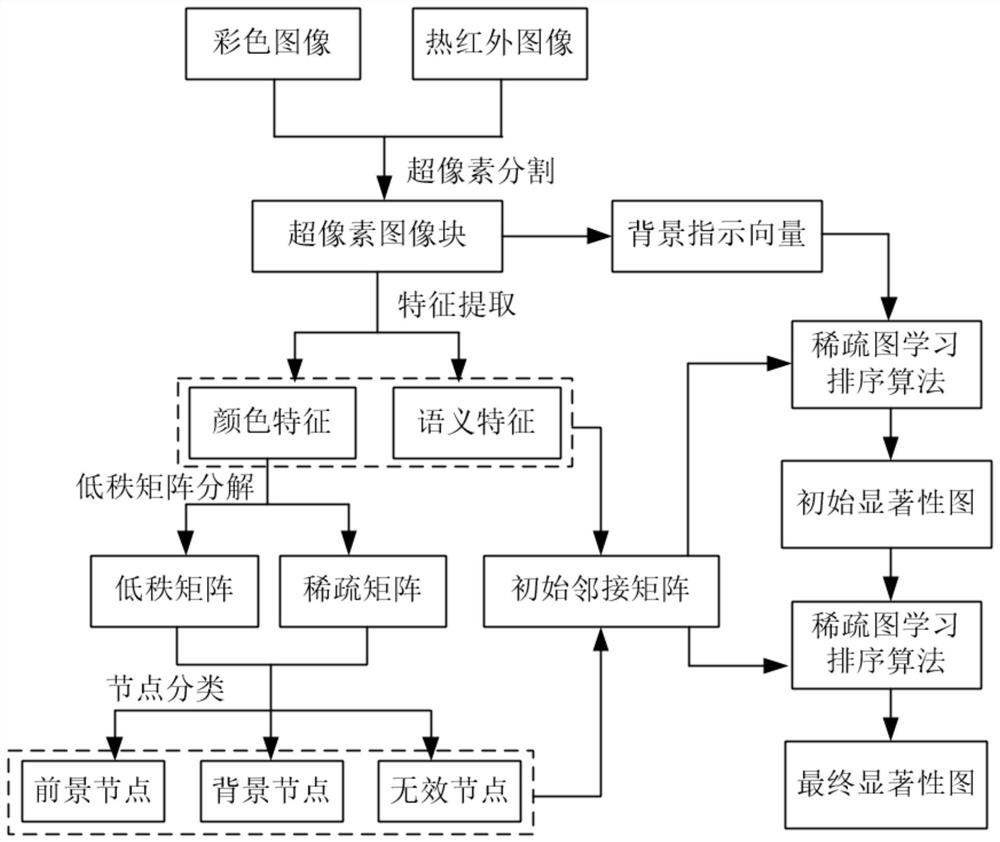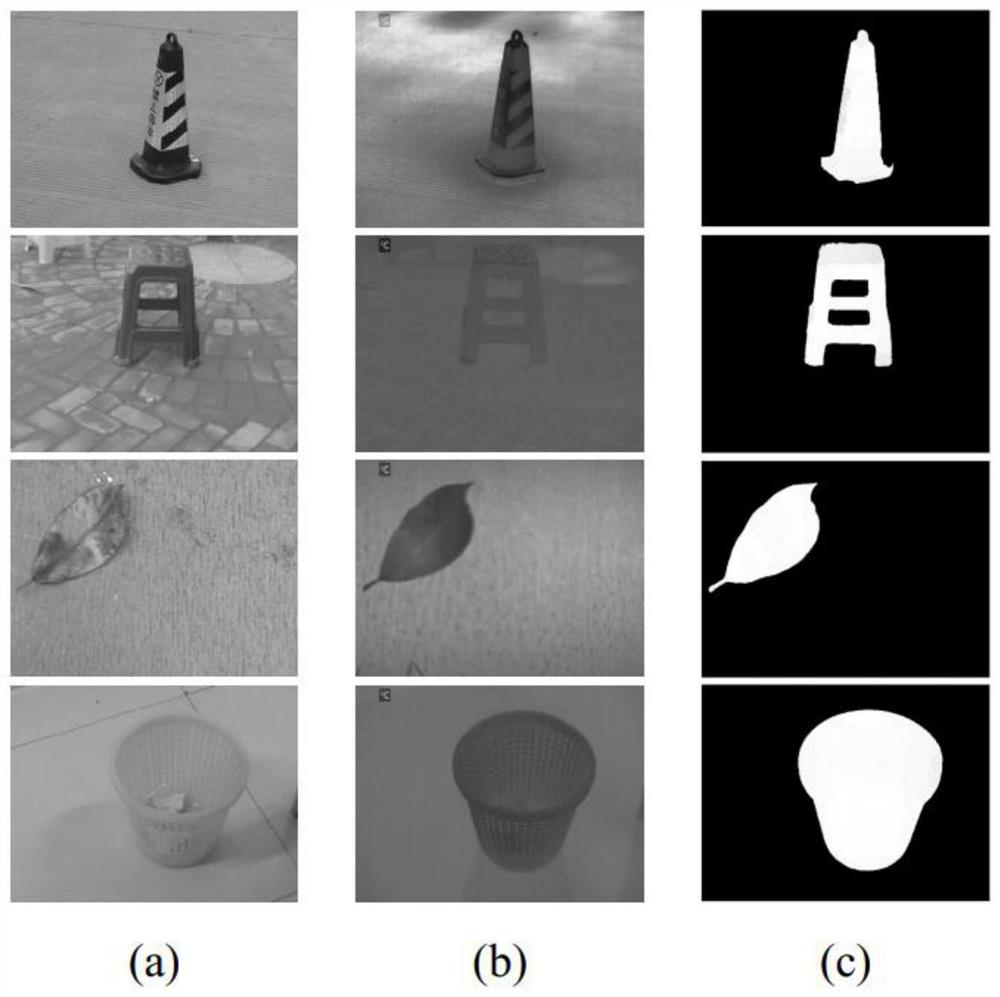Dual-mode image saliency detection method based on node classification and sparse graph learning
A node classification and detection method technology, applied in image enhancement, image analysis, image data processing and other directions, can solve the problem of not considering the global relationship, increase the amount of calculation, low precision, etc., achieve good saliency detection results, reduce adjacency calculation, ensure the accuracy of the effect
- Summary
- Abstract
- Description
- Claims
- Application Information
AI Technical Summary
Problems solved by technology
Method used
Image
Examples
Embodiment Construction
[0057] In order to facilitate the understanding of the present application, the present application will be described more fully below with reference to the relevant drawings. Preferred embodiments of the application are shown in the accompanying drawings. However, the present application can be embodied in many different forms and is not limited to the embodiments described herein. On the contrary, the purpose of providing these embodiments is to make the disclosure of the application more thorough and comprehensive.
[0058] figure 1 It is a flow chart of the bimodal image saliency detection method based on node classification and sparse graph learning of the present invention. figure 2 It is a schematic diagram of the implementation process of the dual-modal image saliency detection method based on node classification and sparse graph learning according to the embodiment of the present invention. Combine below figure 1 and figure 2 Describe the method in detail, such...
PUM
 Login to View More
Login to View More Abstract
Description
Claims
Application Information
 Login to View More
Login to View More - R&D
- Intellectual Property
- Life Sciences
- Materials
- Tech Scout
- Unparalleled Data Quality
- Higher Quality Content
- 60% Fewer Hallucinations
Browse by: Latest US Patents, China's latest patents, Technical Efficacy Thesaurus, Application Domain, Technology Topic, Popular Technical Reports.
© 2025 PatSnap. All rights reserved.Legal|Privacy policy|Modern Slavery Act Transparency Statement|Sitemap|About US| Contact US: help@patsnap.com



